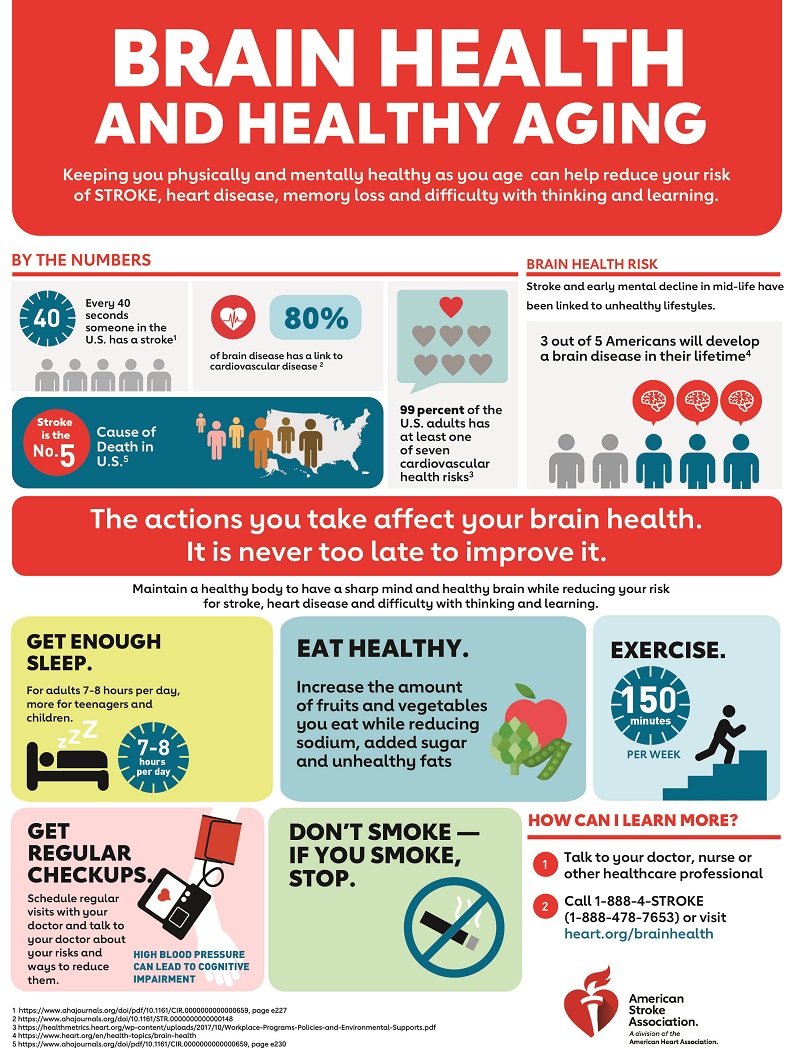Discover The Rupture Types That Require Surgical Activity. From Inguinal To Hiatal, Learn Whatever You Require To Recognize For An Effective Intervention

Team Author-Gentry Sullivan
* Inguinal hernia: A projection of tissue via a weakened area in the abdominal wall surface, often on one side of the groin.
* Hiatal hernia: A projection of the stomach through the diaphragm and right into the upper body dental caries.
* Umbilical hernia: A lump near the tummy button that occurs when a damaged location in the abdominal wall surface permits fat or various other tissue to press with.
* Forward rupture: A lump that occurs when a weakened area in the stomach wall permits fat or other tissue to press through, usually near a previous surgical laceration.
* Incisional rupture: A lump that occurs when a damaged location in the abdominal wall enables fat or various other tissue to press through, commonly near a previous surgical laceration.
Read Full Report is essential to keep in mind that not all hernias need surgical treatment, yet these kinds do. If you think you have a rupture, it is essential to speak with a healthcare expert for proper medical diagnosis and therapy.
So, you have actually been experiencing some pain recently, and after a complete evaluation, your doctor has figured out that you have a hernia. Now, prior to you start stressing, it is necessary to comprehend that not all hernias call for medical treatment.
Nevertheless, there are specific kinds that do, which's what we're right here to talk about. From inguinal hernias to umbilical ruptures and also hiatal ruptures, every one presents its own special obstacles and considerations.
Yet let's not prosper of ourselves right now. Hernia Surgery Or No into the specifics quickly sufficient.
Inguinal Ruptures
If you're experiencing pain and discomfort in your groin area, you may have an inguinal rupture that calls for medical intervention. An inguinal rupture happens when a part of the intestine or cellulite pushes through a weak point in the inguinal canal, which is located in the lower abdomen.
This type of hernia is much more common in guys than ladies and can be triggered by elements such as heavy lifting, straining throughout bowel movements, or persistent coughing. Signs and symptoms of an inguinal hernia include a lump in the groin area, pain or pain when coughing or lifting, and a sensation of pressure or weakness in the groin.
If left untreated, an inguinal hernia can result in issues such as bowel obstruction or strangulation, which is why medical intervention is required to fix the rupture and prevent additional difficulties.
Umbilical Hernias
Do you understand what an umbilical hernia is and just how it can be treated surgically?
An umbilical rupture occurs when a part of the intestine or abdominal cells protrudes via a weak spot in the stomach wall surface near the stomach switch.
If you have an umbilical rupture that calls for medical treatment, right here are 3 treatment alternatives to consider:
- Rupture repair work surgical procedure: This is one of the most typical therapy for umbilical hernias. Throughout the procedure, the specialist will certainly make a laceration near the rupture and push the protruding tissue back into place. https://zenwriting.net/stevie11cornell/commonly-asked-concerns-and-educated-feedbacks-pertaining-to-hernia-surgical 'll then enhance the stomach wall surface using stitches or a mesh patch.
- Laparoscopic surgical treatment: In many cases, a minimally intrusive technique called laparoscopic surgery might be made use of. This method entails making small incisions and making use of an electronic camera and specialized tools to fix the rupture.
- Open up surgical treatment: In more complex cases, open surgery may be essential. This includes making a larger incision to gain access to and repair the hernia.
Hiatal Ruptures
A hiatal hernia happens when part of the belly sticks out with the diaphragm right into the chest tooth cavity. This sort of hernia is relatively usual and usually requires surgical intervention.
Hiatal ruptures can be categorized into two major kinds: moving and paraesophageal hernias. Gliding ruptures are the most typical and occur when the lower part of the esophagus and the top of the stomach slide up right into the chest through the respite, a little opening in the diaphragm.
On the other hand, paraesophageal ruptures are less typical but more extreme. In this kind, a portion of the stomach presses through the respite together with the esophagus, causing prospective difficulties like gastric volvulus or strangulation.
Surgical repair service is typically required to treat hiatal hernias and reduce signs and symptoms such as heartburn, breast pain, and problem ingesting.
Conclusion
So there you have it, the different kinds of hernias that call for medical intervention.
One example of a hernia case that called for surgical procedure is John, a 45-year-old guy that dealt with an inguinal rupture. Regardless of his preliminary discomfort and worry, John went with surgical treatment.
The treatment achieved success, and he experienced a complete recovery, enabling him to return to his regular tasks with no additional issues.
Bear in mind, it is essential to talk to a medical care expert if you believe you may have a rupture that calls for medical treatment.

